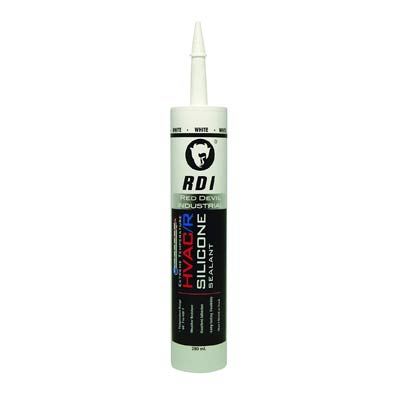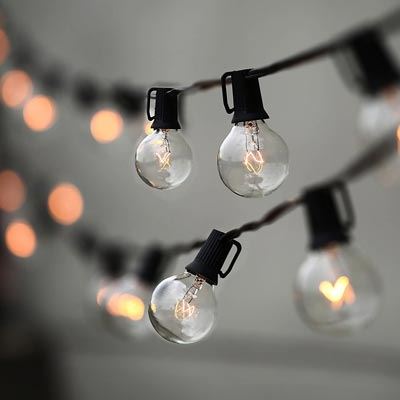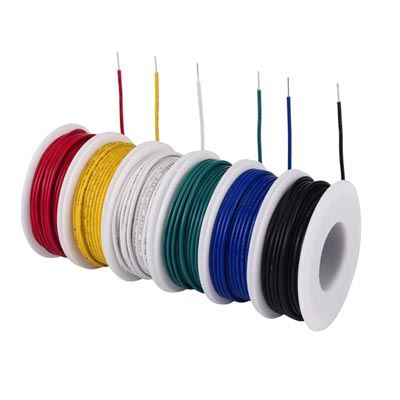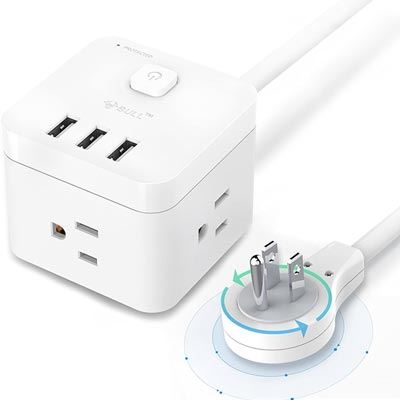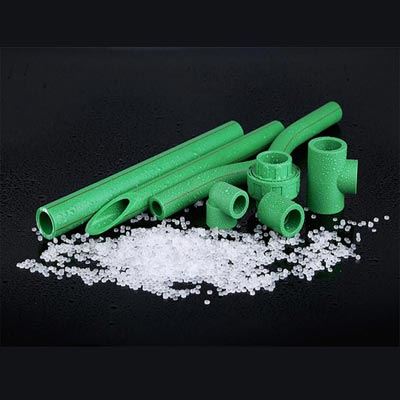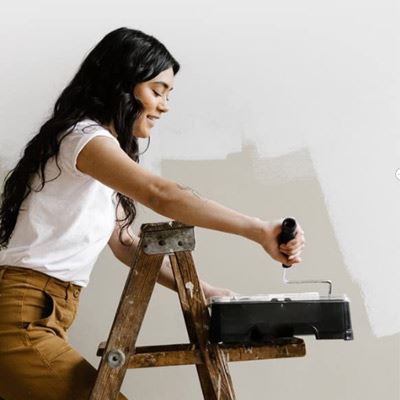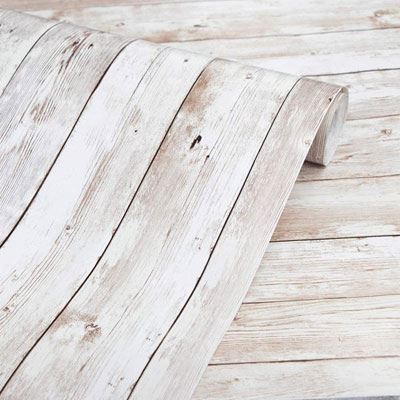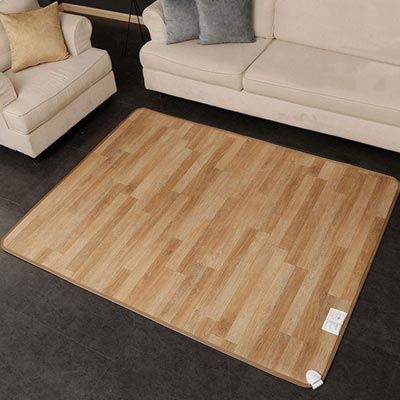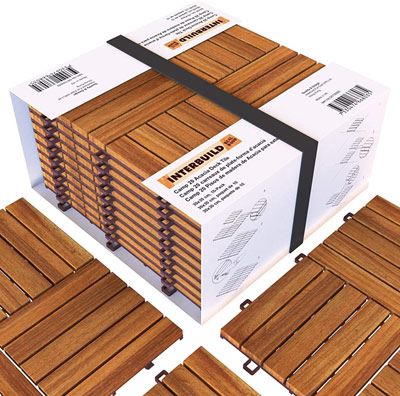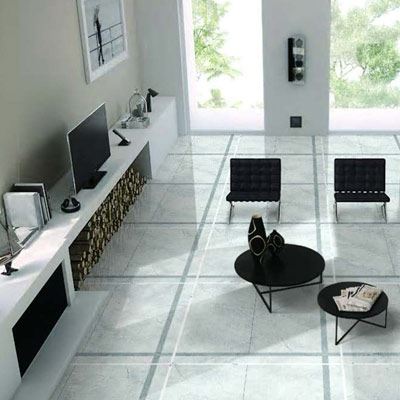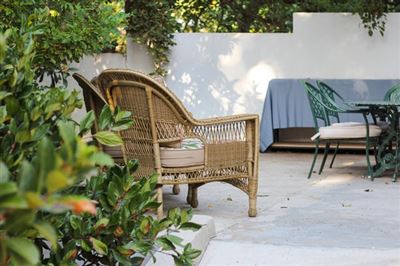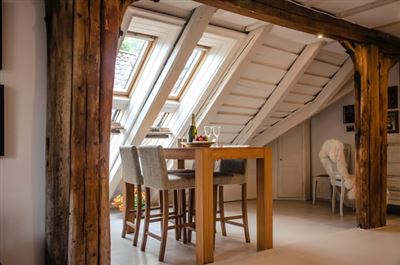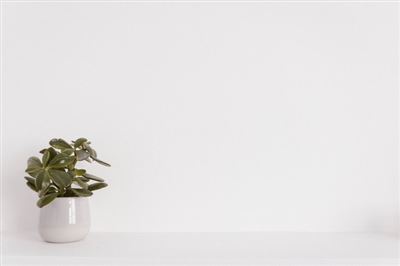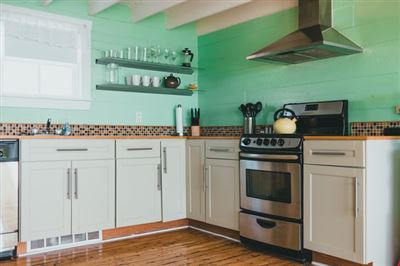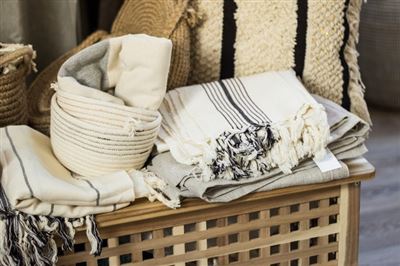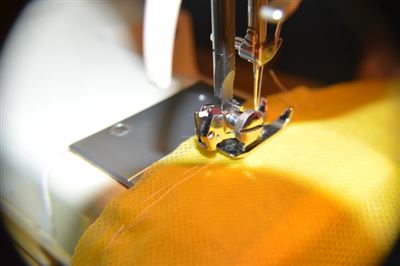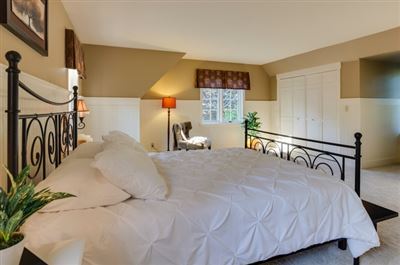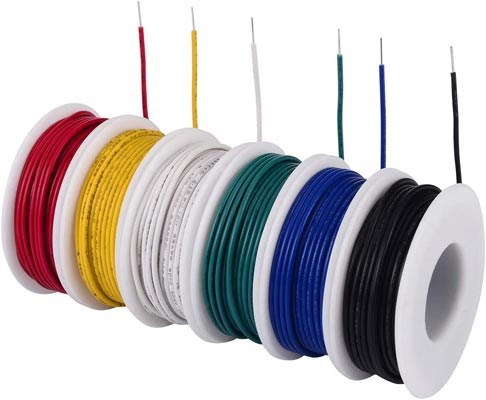
Identification is the key when buying wires. Although the wires are small, the responsibility is heavy, and most fires are caused by the aging of the wires, the unreasonable configuration or the poor quality of the wires. Consumers should pay attention to careful identification when buying.
1. Wire surface marking
According to national standards, the surface of the wire should have continuous marks of the manufacturer's name, product model, and rated voltage. This is conducive to finding the manufacturer in time when a problem occurs during the use of the wire. Consumers must pay attention to this when purchasing wires. At the same time, consumers should pay attention to whether the manufacturer's name, product model, and rated voltage indicated on the certificate are consistent with the printed logo on the surface of the wire when purchasing wires to prevent counterfeit products.
2. Wire appearance
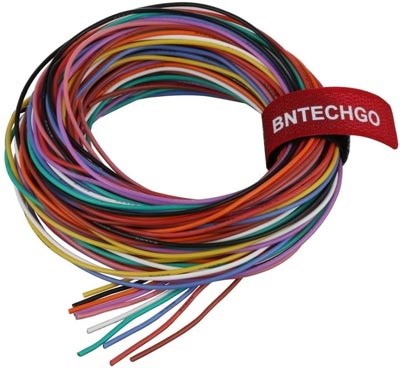
When purchasing wires, consumers should pay attention to the appearance of the wires should be smooth and flat, the insulation and sheath layer should not be damaged, the logo printing should be clear, and there should be no greasy feeling when touching the wires by hand.
From the cross-section of the wire, the thickness of the insulation or sheath should be uniform on the entire circle of the wire, and should not be eccentric, and the insulation or sheath should have a certain thickness. The outer plastic skin of the wire is bright in color and fine in texture. It is best to use a lighter to ignite to check whether there is an open flame. Good quality wires will not have an open flame.
3. Conductor wire diameter
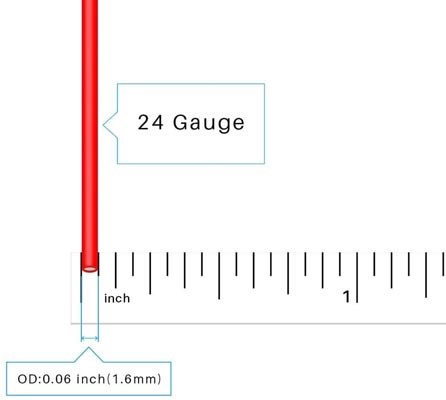
Consumers should pay attention to whether the conductor diameter is consistent with the cross-section indicated on the certificate when purchasing wires. If the conductor cross-section is too small, it is easy to cause the wire to heat up and cause a short circuit.
It is recommended to use wires of 1.5 square millimeters and above for household lighting circuits: household appliances with high power such as air conditioners and microwave ovens should use wires of 2.5 square millimeters and above.
4. Wire length
Check whether the length of each coil is 100 meters. You can count the number of turns of the wire when purchasing, and then multiply it by the radius of the entire coil to roughly calculate the length.
5. Standard use
The wiring should be standardized. It is best to use BV single-core wires to pass through the pipes for the fixed wiring. Be careful not to damage the wires when wiring, and do not damage the wires when decorating the room: Do not connect the wires in the middle of the one-line; wire into the electrical box (box) Don't touch the wire: In addition, household appliances that consume a lot of electricity, such as air conditioners, should be powered by a single wire: the wires for weak and strong electricity should be kept at a certain distance.
6. Audio line
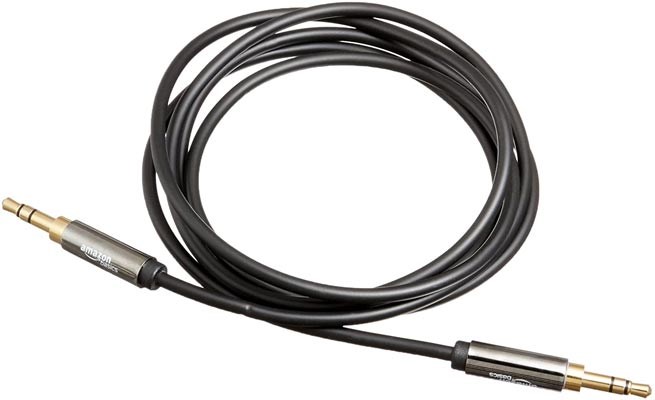
Audio cable, also known as fever cable, is made of high-purity copper as a conductor. In addition, silver is used as a conductor, but the price is very expensive, so copper fever cables are commonly used. The audio cable is used to connect the power amplifier and the main speakers and surround speakers in the home theater. The specifications of audio cables are usually expressed by sticks. The “branch” here is composed of the corresponding number of copper cores. For example, 100 cables are audio cables composed of 100 copper cores. The main speaker should use more than 200 audio cables. 100 audio cables for surround speakers. If you need to bury the audio line in the dark, you should also bury it with a PVC line pipe instead of directly burying it in the wall.
